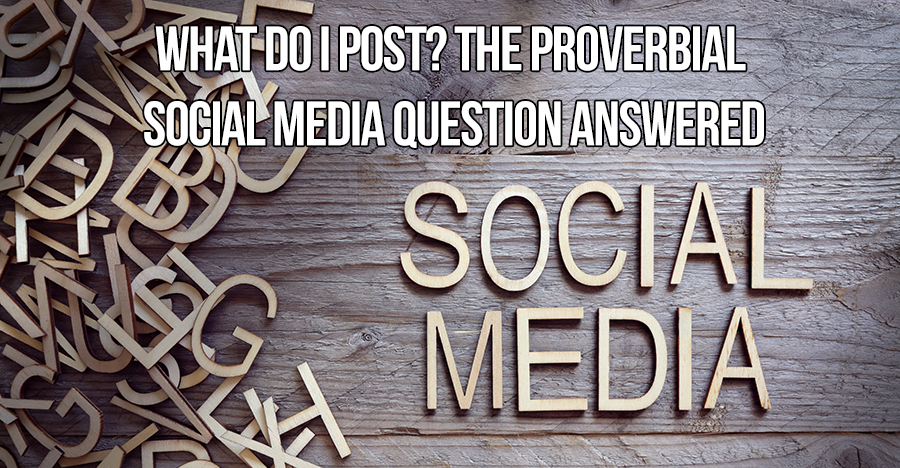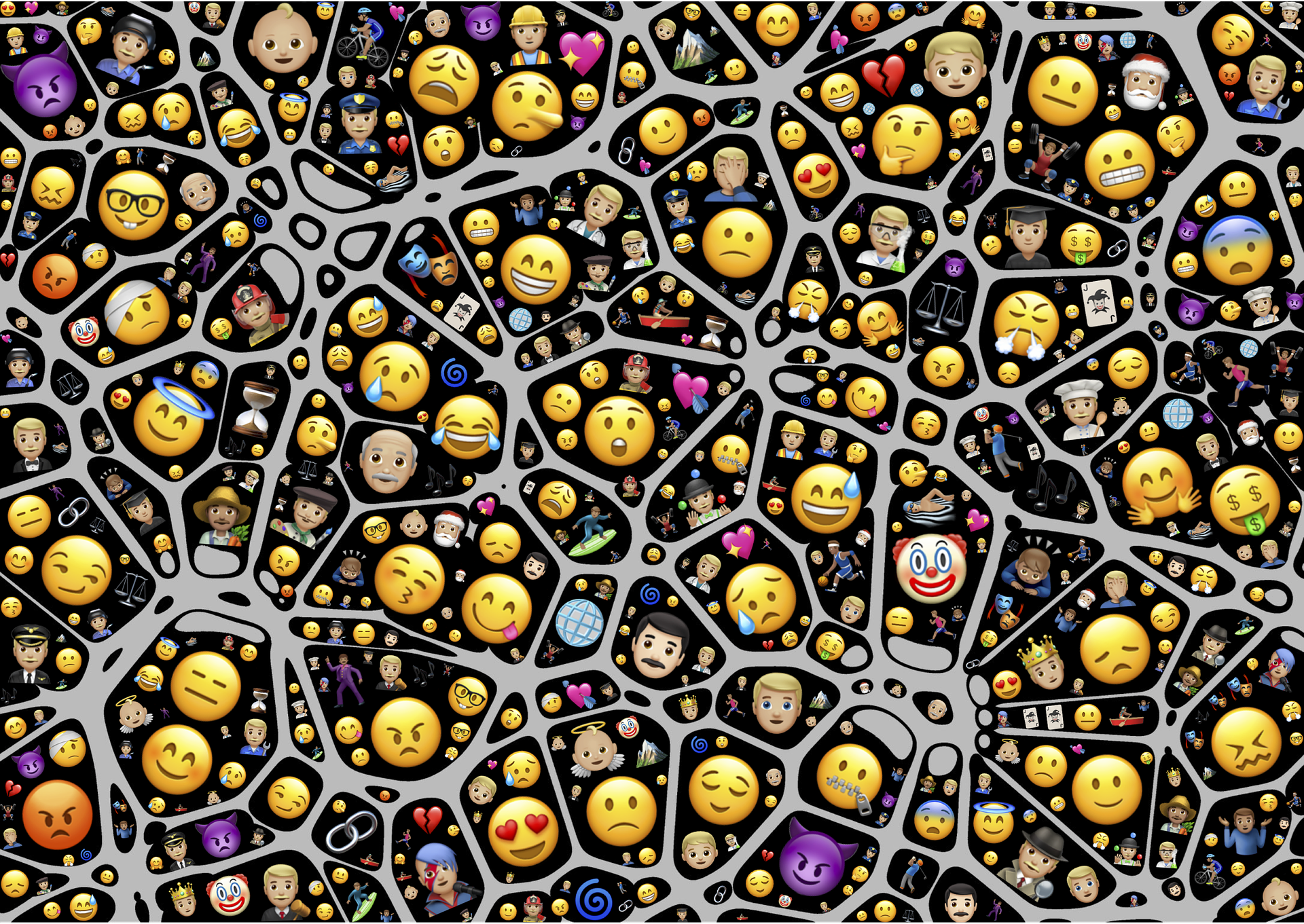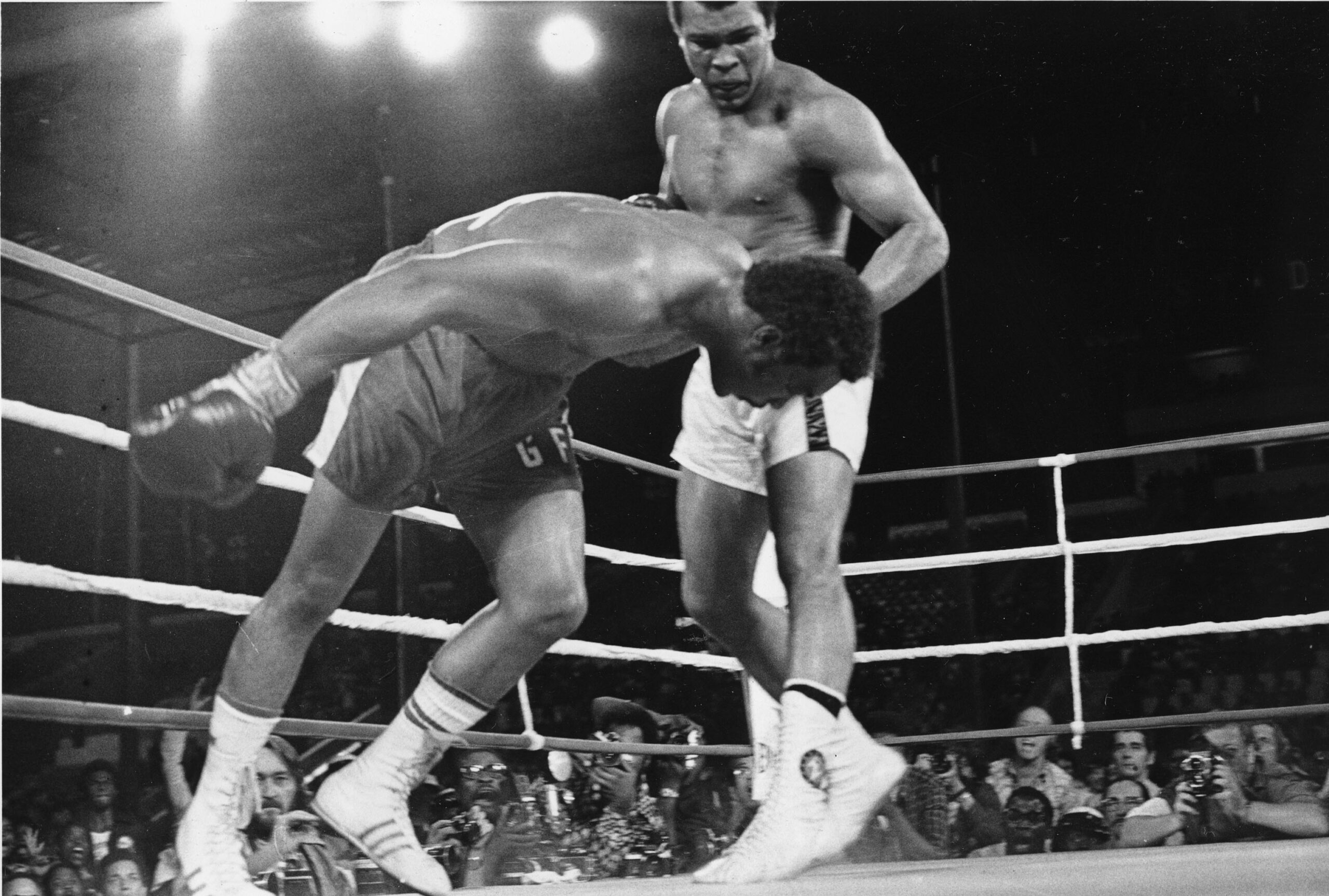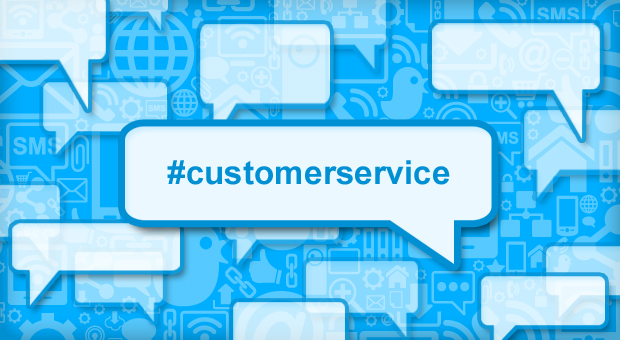
LROI and Social Media – Part 1: Missing Out
 It’s hard to believe how many companies, in 2015, are still social media-avoidant. Let me admit up front my own bias, as the first person to integrate social media services into a national boutique marketing program for auto dealerships in 2008, when MySpace was still in the infant stages of showing how people do, and would continue to, integrate their relationships with brands into their personal social personalities online. I knew then that technology would evolve along with human behavior, which meant that business integrations of unpredictable capacities and levels were inevitable. That said, in my very same experience, I’ve observed that social media avoidance comes from a lack of awareness of the pivotal role social media now plays in business, a paradigm outdated but still upheld by those who think social media platforms are elementary tools that have no place in business development or branding. By pure definition, such a paradigm could be described literally as antisocial – a descriptor with no positive ring to it, most would agree. In the defense of those who still cling to such beliefs, the ongoing argument of the difficulty of ROI measurement in the socialsphere still exists. The result, however, is LROI[1] – because that in which you don’t invest can bring you no return. In the spirit of humor and a quick lesson in social media for business, Gary Vaynerchuk’s keynote speech at Inc.500 in 2011 summed it up best – 4 years ago:
It’s hard to believe how many companies, in 2015, are still social media-avoidant. Let me admit up front my own bias, as the first person to integrate social media services into a national boutique marketing program for auto dealerships in 2008, when MySpace was still in the infant stages of showing how people do, and would continue to, integrate their relationships with brands into their personal social personalities online. I knew then that technology would evolve along with human behavior, which meant that business integrations of unpredictable capacities and levels were inevitable. That said, in my very same experience, I’ve observed that social media avoidance comes from a lack of awareness of the pivotal role social media now plays in business, a paradigm outdated but still upheld by those who think social media platforms are elementary tools that have no place in business development or branding. By pure definition, such a paradigm could be described literally as antisocial – a descriptor with no positive ring to it, most would agree. In the defense of those who still cling to such beliefs, the ongoing argument of the difficulty of ROI measurement in the socialsphere still exists. The result, however, is LROI[1] – because that in which you don’t invest can bring you no return. In the spirit of humor and a quick lesson in social media for business, Gary Vaynerchuk’s keynote speech at Inc.500 in 2011 summed it up best – 4 years ago:
It’s worth repeating that his hilarious and witty analogy is 4 years old. Since then, the ROI of social media, especially when executed right, has become far more measurable, versatile and valuable. As social media grows in importance of every type of business, interest, cause and media in any vertical, greater becomes the LROI of social media. The opportunity cost of clinging to an obsolete outlook; one need not educate themselves in what is now an entire field of study and daily practice, but one must, for the sake of the survival of any business, cause or effort, accept the fact that digital platforms have become the primary stage for development. And while the extent of accurate measurability remains in transition and still unknown to most, what becomes increasingly obvious is the cost of not evolving also. Some of the benefits of social media include, on a very basic level[2]:
- Branding and Awareness
- Protecting Your Reputation
- Building Community
- Enhancing Public Relations
- Facilitating Customer Service
- Driving Research and Development
- Driving Sales and Leads
Antisocial or not, social signals became a pillar of SEO quite some time ago; today social media content can propagate real-time search results, offering either you or the competition the competitive advantage of appearing higher, 140 characters at a time[3]. The search engines’ content recognition has also come by leaps and bounds, so if you turned your back to the wave of content marketing, you’ve missed another way to leverage image recognition and text extraction from graphics to enhance your “cognitive SEO” and organic rankings[4].

Social media also changes more quickly than any other channel of marketing. While most don’t harness the potential of such features, Facebook allows the most sniper-like marketing of any digital channel, including Google AdWords. With Power Editor in Facebook, one can narrow down a targeted audience so specific that the advertiser can rest assured that not a dollar is wasted on digital ads that are shown to the wrong buyer profile. One can even specifically target individuals, segmented by whether they’ve visited your website before, made a purchase, or whether they’re an appropriate target for “remarketing” and a special incentive ad is likely to bring them back after shopping cart abandonment.
Now that an astounding range of new Facebook features has been announced[5], I’d argue that the following chart speaks to far more than the cost of reaching 1,000 people:

Without even mentioning the other profitable-for-business social platforms, Facebook is about to challenge the world’s largest video network, YouTube[7]. Comments you make on other websites will appear on and propagate to Facebook – making even your most intimate opinions targeting material for advertisers. People can now use the Facebook messenger app to consolidate all online shopping and even communicate with the various merchants through one streamlined app they’re already logged into anyway. The more a social platform releases new features, the more people are tied into them through every aspects of their lives, creating the listening power and branding outreach potential of business never before imaginable. If a social media platform boasts billions of people worldwide online and they’ll soon be using it to open their garage doors and water their plants, do you wonder how deeply your company’s or organization’s message could be reaching the most ideal market segments for your growth? How much sales, product and brand awareness are you missing out on if social media marketing isn’t a core part of your business strategy?
This is a two-part blog series, so stay tuned for LROI and Social Media – Part II: Catching Up. And as always, if you have questions or want to get some help putting what you read into motion, connect with me!
[1] http://www.acronymfinder.com/LROI.html
[2] http://www.jasonfalls.com/the-roi-of-social-media/
[3] http://www.bloomberg.com/news/articles/2015-02-05/twitter-said-to-reach-deal-for-tweets-in-google-search-results
[4] http://cognitiveseo.com/blog/5909/did-google-read-text-image-can-affect-my-rankings/
[5] http://www.wcvb.com/money/7-big-changes-coming-to-facebook/32009110
[6] http://www.websitemagazine.com/content/blogs/posts/archive/2015/02/17/search-marketing-vs-newspaper-amp-tv-which-should-you-invest-in.aspx
[7] http://www.wcvb.com/money/7-big-changes-coming-to-facebook/32009110









